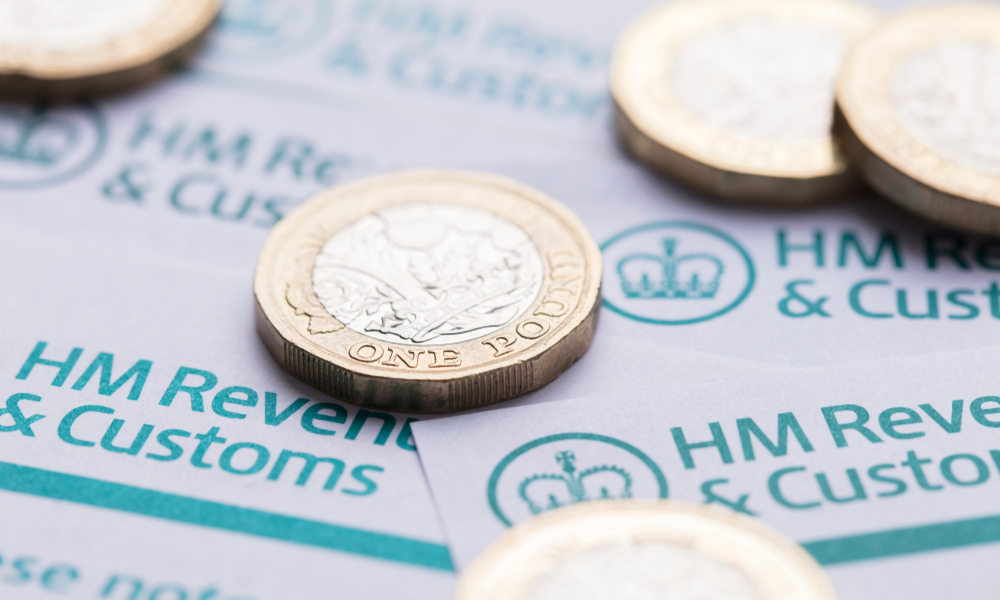Reported Rise in Fines from HMRC
Posted 5 years ago by Tracy

Data obtained by accountancy firm Price Bailey has shed some light on how much tax has been collected by HMRC over the past few years, as well as how much HMRC has issued in penalties.
£816 million in fines issued in 2018/19
The headline finding from Price Bailey was the rate at which HMRC has issued fines has increased more than the rate at which HMRC has collected tax.
According to Price Bailey, HMRC issued £816 million in fines during the 2018/19 tax year. This represented an increase of 32% compared to the amount of fines issued for the 2015/16 tax year, which totalled £620 million.
Reduction in self-assessment penalties
Despite the rise in fines, the value of penalty payments related to self-assessment tax returns actually reduced “from £64 million in 2015/16 to £21 million in 2017/18. Although we won’t yet know the amount of penalties issued in respect of self-assessment tax returns for the 2018/19 tax year, self-assessment returns are likely to remain an area where HMRC can issue a healthy sum in late filing and late payment penalties.
Taking late filing penalties as an example, HMRC has the power to issue a fixed £100 penalty for the late filing of a self-assessment tax return, although this penalty may be waived in cases where there is a reasonable excuse. Further penalties can also apply the longer a tax return remains unfiled.
The filing deadline for 2018/19 self-assessment returns was 31 January 2020. Despite this, at the start of January 2020, HMRC announced that, out of the ca. 11 million tax returns that HMRC was due to receive, about 5.4 million taxpayers were still to file their returns. Although the majority of these filers likely met the last-minute rush to get their returns to HMRC on time, there are taxpayers who missed the deadline and will receive a filing penalty from HMRC.
Equally, even if a taxpayer did file their return on time, they may still receive a penalty from HMRC if they failed to pay their self-assessment tax bill on time.
Growth in penalties in other areas
However, the amount in fines that HMRC can issue relating to self-assessment tax returns seems to pale in comparison to what it can recuperate from other areas. Price Bailey highlighted that while penalties collected from self-assessment have reduced, penalties collected from investigations undertaken by HMRC’s Offshore, Corporate and Wealthy Unit have increased.
Jay Sanghrajka, Tax Partner at Price Bailey, commented:
“In many areas of tax HMRC is undertaking fewer investigations and issuing fewer penalties. In other areas, such as taxpayers with assets and income offshore and transfer pricing disputes with multinationals, HMRC has been able to ramp up the amount of tax and penalties.”
Another factor suggested behind the increase in penalties issued by HMRC was an improvement in HMRC’s software capabilities. In particular, attention was drawn to a system known as “Connect”. Connect has benefitted from having access to more data, including financial information from “British Overseas Territories, 60 OECD countries as well as numerous other government bodies and financial institutions.” This additional information has allowed HMRC to effectively work smarter and faster. As Jay Sanghrajka further notes:
“Discrepancies now come to light much sooner. Its software can automatically check information reported in tax returns against bank accounts and make sure they tally. Previously, checks of this kind would have been time-consuming but HMRC’s software can spot any inconsistencies swiftly and flag those for further investigation.”
Tax collection still crucial
While Price Bailey’s data highlights that the increase in the amount of tax collected by HMRC has not been as high as the increase in the amount of penalties, the collection of tax owed is still clearly one of the primary sources of income for HMRC.
In 2018/19, the amount of tax collected by HMRC was £590 billion – a 19.2% increase from the £495 billion collected in 2015/16.
What this means for individuals
While this data may be an interesting insight into HMRC’s revenue sources, it’s important to note that there’s little from these results that will impact individuals and small businesses.
However, one thing that a taxpayer can do to minimise the risk of any penalties arriving from HMRC is to keep on top of their tax compliance obligations. This means paying a tax liability on time (if tax is payable) as well as filing tax returns on time, whether that’s self-assessment tax returns, VAT returns, or another form of return. Here is more info on how to disagree with a tax decision with HMRC.
Otherwise, you may receive penalties from HMRC that are factored into similar pieces of data analysis in the future.
Further Reading
A Guide to VAT on Property Transactions